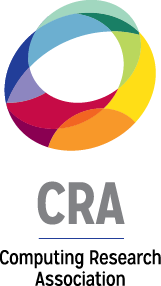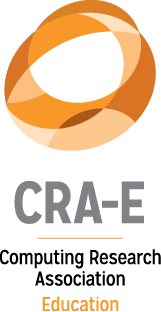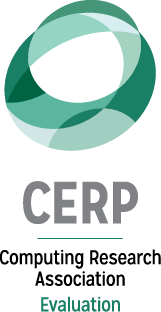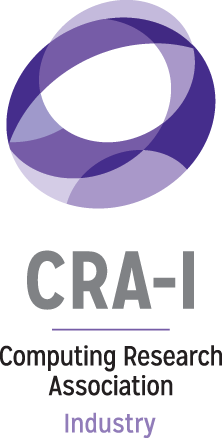Systers: The Electronic Community for Women in Computing
Almost 20 years ago, in 1987, seven women met at SOSP (Symposium on Operating Systems Principles). As the only women at the conference they all felt like outsiders, so they banded together to be less isolated. At a dinner meeting, they discovered that they had many experiences in common. Anita Borg, one of those original seven, offered to host a mailing list for the group to continue their interactions. The name chosen for the group was “systers,” a wordplay on sisters and systems. As the systers list approaches its twentieth anniversary, it seems timely to reflect on its history and its current goals.







